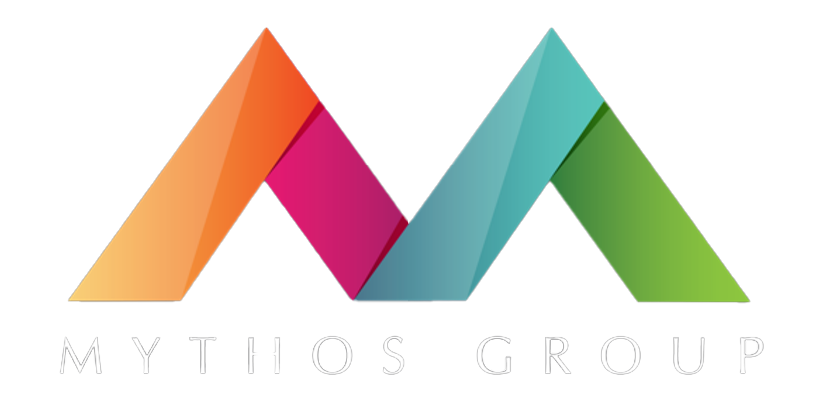The Shift From Traditional Change Management To Agile Approaches
Today, companies worldwide are increasingly embracing agile approaches to change management over traditional methodologies. As the first installment in our series of Change Management in a Dynamic Environment, let’s explore some methods of Change Management, both traditional and agile, and how they compare.
The transition from a more linear approach to agile is driven by the need for flexibility, speed, and responsiveness to market demands. Understanding the shift from traditional change management to agile approaches involves exploring the challenges and benefits of each, as well as examining real-life examples where organizations have successfully made this transition.
Traditional Change Management: A Brief Overview
Challenges Of Traditional Change Management:
- Rigidity: Traditional methods can be inflexible, making it difficult to adapt to unexpected changes or new information.
- Time Inefficiency: The linear nature often results in prolonged timelines, which can be time-consuming, causing a delay in the realization of benefits.
- Resistance To Change: Employees might resist rigid processes, especially if they feel excluded from decision-making.
- Over-Reliance On Leadership: These models often depend heavily on top-down directives, potentially leading to a lack of buy-in from lower levels.
Agile Change Management: An Emerging Paradigm
Agile change management, inspired by agile software development methodologies, emphasizes iterative progress, collaboration, and adaptability. Key principles include:
- Iterative Development: Implementing changes in small, manageable increments.
- Collaboration: Engaging cross-functional teams and stakeholders throughout the process.
- Flexibility: Adapting plans based on feedback and evolving circumstances.
- Empowerment: Encouraging team autonomy and distributed decision-making.
Benefits Of Agile Change Management:
- Flexibility: Agile methods allow for rapid adjustments to plans, accommodating new information and changes in the environment.
- Speed: Iterative processes enable quicker implementations, allowing organizations to realize benefits sooner.
- Employee Engagement: Collaborative approaches foster greater employee involvement and buy-in.
- Continuous Improvement: Regular feedback loops drive ongoing optimization and innovation.
Challenges Of Agile Change Management
Despite its benefits, agile change management presents its own set of challenges:
- Cultural Shift: Moving to an agile approach requires a significant cultural change, which can be difficult to achieve.
- Skill Gaps: Teams may need training in agile methodologies and principles.
- Coordination: Managing multiple, concurrent iterations can be complex and requires robust coordination.
- Resistance To Change: As with traditional methods, employees may resist changes to familiar processes and structures.
Real-Life Examples
1. ING Bank: Transforming Organizational Culture
ING Bank, a global financial institution, embarked on a comprehensive agile transformation to enhance customer focus and speed to market. By adopting agile principles across the organization, ING transitioned from a traditional hierarchical structure to a more flexible, squad-based model. This shift empowered cross-functional teams to take ownership of projects, leading to increased innovation and faster delivery of services. The cultural shift was supported by continuous training and a strong emphasis on collaboration. Despite initial resistance and the challenge of retraining staff, the transformation resulted in improved customer satisfaction and employee engagement.
2. Spotify: Scaling Agile In A Rapidly Growing Company
Spotify, the renowned music streaming service, implemented an agile model to support its rapid growth and dynamic market demands. The company developed its unique “Spotify Model,” which includes squads, tribes, chapters, and guilds to maintain flexibility and scalability. This approach facilitated quick decision-making, iterative development, and continuous improvement. Spotify’s success with agile methods is evident in its ability to consistently innovate and deliver new features at a rapid pace. However, scaling agile practices required significant investment in training and a continuous focus on maintaining alignment across decentralized teams.
3. General Electric (GE): Adopting Agile In Traditional Industries
General Electric, a conglomerate with roots in traditional manufacturing and industry, adopted agile methodologies to accelerate digital transformation. GE’s Digital division implemented agile practices to develop software and digital solutions more efficiently. The shift from traditional project management to agile allowed GE to reduce development cycles, increase collaboration, and respond more swiftly to customer needs. Despite challenges related to changing long-established processes and mindsets, GE’s agile transformation enabled it to compete more effectively in the digital age.
In Conclusion
The shift from traditional change management to agile approaches is a significant trend driven by the need for greater flexibility, speed, and employee engagement in today’s fast-paced business environment. While traditional methods offer structured and reliable frameworks, their rigidity and time-consuming nature can be limiting. Agile change management, with its iterative, collaborative, and adaptable nature, presents a compelling alternative.
However, adopting agile methodologies is not without challenges. Organizations must navigate cultural shifts, skill gaps, and potential resistance to change. Real-life examples from ING Bank, Spotify, and General Electric illustrate the tangible benefits and hurdles of embracing agile approaches. These cases demonstrate that while the transition requires substantial effort and investment, the rewards in terms of innovation, responsiveness, and engagement can be significant.
Ultimately, the choice between traditional and agile change management should be guided by the specific needs and context of the organization. For many, the agility to adapt quickly and effectively to change will be a crucial factor in sustaining competitiveness and achieving long-term success.
How can you be sure you are making the right decision between traditional and agile management? How can you analyze which is best for your particular organization? Reach out to us at Mythos Group today to learn more. Our experience and expertise will help guide the way!







